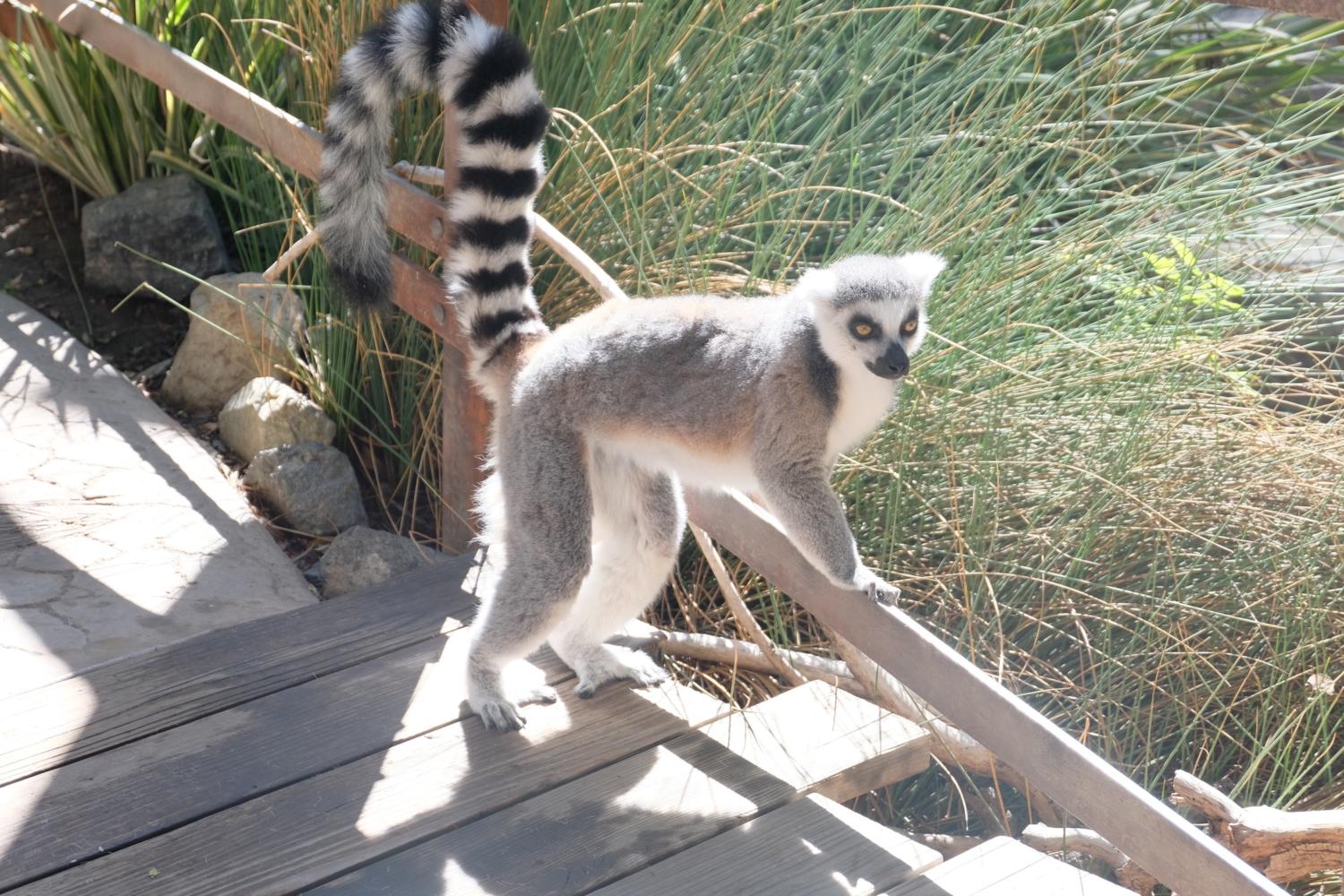
By: Savi Raghuraman | News Editor & Courtney McDonald | Student Life Editor
October 16, 2018
Last week, AP Biology students had the opportunity to apply their understanding of molecular and conservation of biology with a day at the San Diego Zoo Safari Park and Institute for Conservation Research. Between Tuesday, October 9 and Wednesday, October 10, approximately 100 eager students crowded onto the bus for the experience of participating in lab research and exploring the park’s diverse range of species.
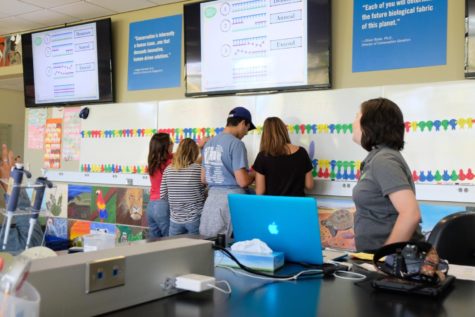
Students spent half of their day at the Beckman Center, a research institute of the San Diego Zoo world-renowned for its work in molecular and conservation biology. On the way in, they stopped for a brief moment outside the Frozen Zoo, the famous room that stores the genetic material of hundreds of threatened and endangered species. Then, their research coordinator led them on into the lab.
The lab involved identifying condors, an endangered species native to California, as male or female using their DNA. This task is commonly undertaken in order for the condor breeding program, an essential part of the plan for their conservation, to function. First, though, the students had to learn to use the equipment. They practiced several times with a micropipette, a useful tool in biotechnology for transferring precise amounts of fluid.
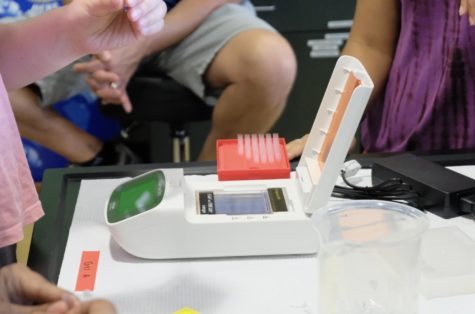
Soon, it was time for the real experiment to begin. The condor DNA had already gone through a process called polymerase chain reaction to make billions of copies of the gene that determines the condor’s sex. Now, the students used the micropipettes to transfer their samples of DNA into a machine to undergo gel electrophoresis, which separates the genes based on size. 30 minutes later, everybody could see by the distribution of the genes in the machine whether their condor was a male or a female. They left the research institute with new biotechnology skills and an understanding of the importance of studying genetic diversity in order to conserve biodiversity.
After completing the lab, students were permitted to roam the park as they pleased. With the wide variety of animals, students scrambled to visit and watch each one in its habitat. A few of the key exhibits were labeled as must-sees.
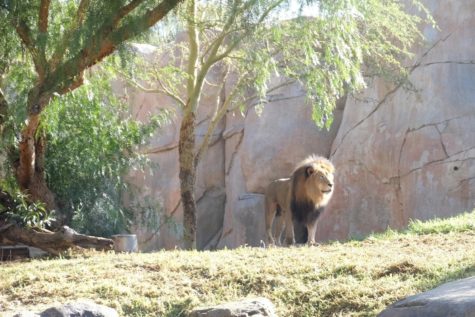
“The lions, lemurs, birds, and the gorillas were coolest animals to see,” senior Indy Minnich said.
The tram, which travelled throughout the African Animals portion of the park a safari-like fashion, allowed for students to see giraffes, rhinos, ostriches, and more. Planning was vital. In an attempt to budget their time wisely, students decided on which habitats they would most like to see, and visited them based on relative area and importance. The tram was most popular at the beginning or end of the visit, as it was the longest attraction. Other habitats, however, were more time-flexible.
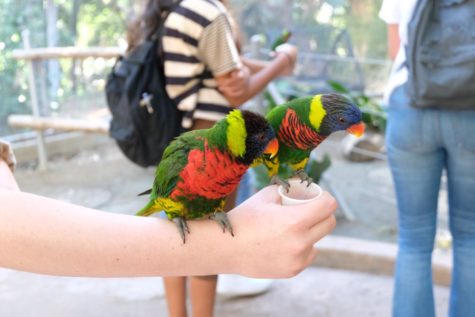
The lorikeets proved to be one of the most universally loved exhibits at the park. Visitors can feed the birds with a tiny cup of nectar and watch as they climb across trees and even land on people’s arms. With colorful rainbow feathers, these birds maintained every person’s focus. Watching the lorikeets in their “natural” habitat was extremely entertaining for students; the competition for each cup of nectar was fierce, and the older birds tended to take control to put the younger birds in their place. The oldest one in the exhibit, a rather scraggly looking bird who has lost most of the feathers surrounding it’s neck, squawked out any younger bird who attempted to take over the nectar he had been drinking.
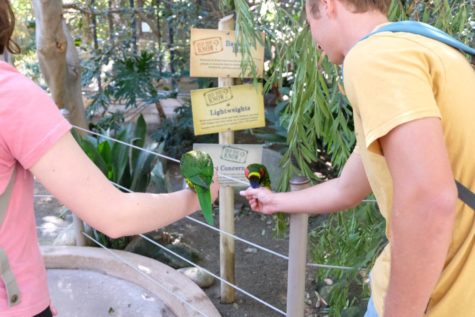
Almost every student in attendance took a trip on the tram. As the tram drove on, the driver periodically narrated the ride, pointing out each animal along the way. When approaching a widely loved animal, such as a giraffe, he even went as far as to halt the tram’s movement; passengers would then stand for a brief moment to enjoy observing the animal or snap a few pictures of it. The tram’s driver also mentioned several wildlife conservation organizations, spreading awareness to those listening.
Not only was the San Diego Safari Park an entertaining field trip, it was also an educational one. Students, throughout the trip in its entirety, learned about the wildlife conservation movement. Habitats exposed students to the reality of how few of these magnificent animals there are left in the world, and the lab challenged students to think of solutions and take action.

Dear Savi,
Such an educational and interesting day. Very glad that the Wild Animal Park reaches out to students. They are influencing the future of care for the environment and awareness of human impact in this world.